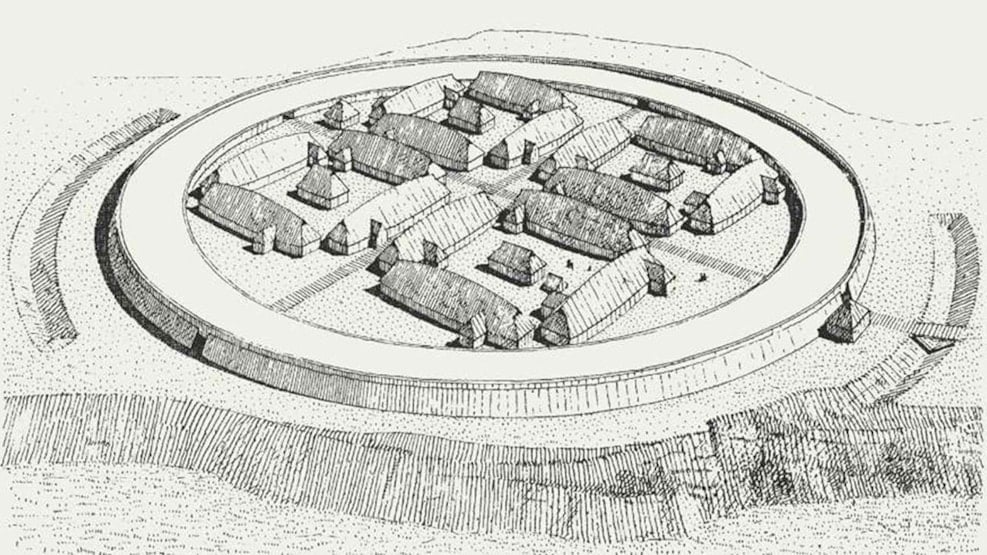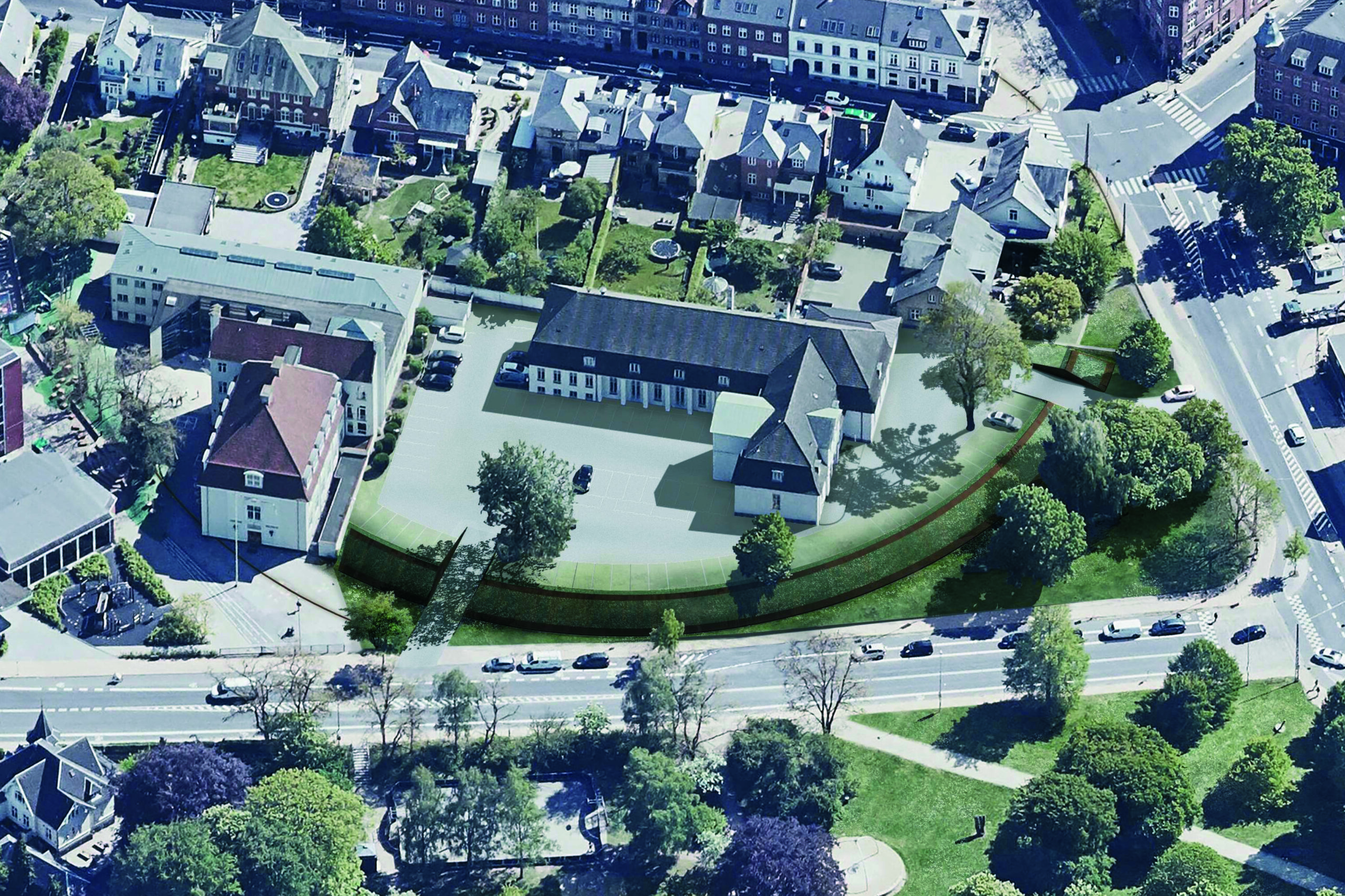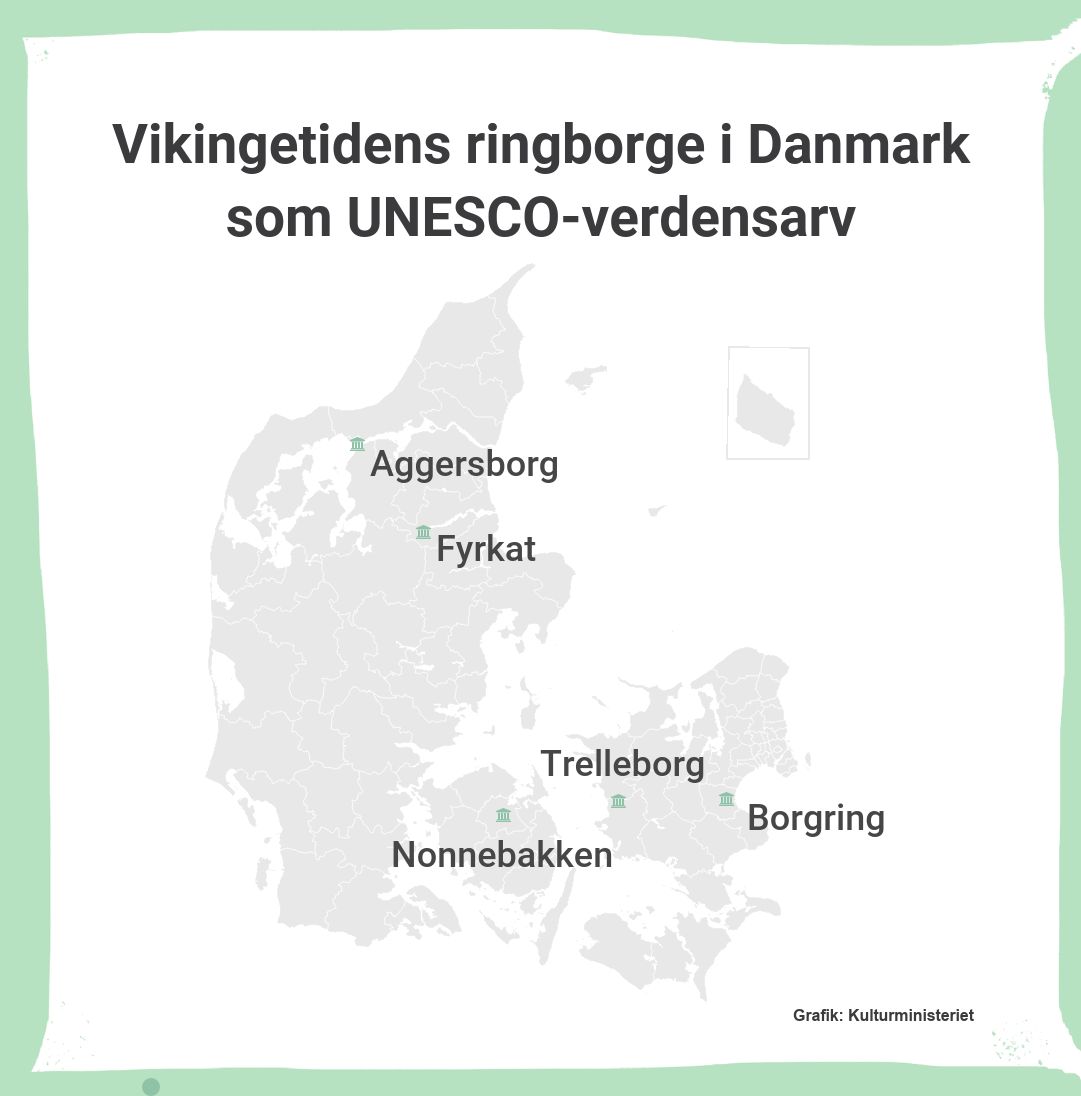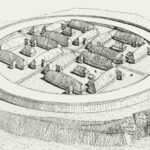Nonnebakken Vikingeborg
A tale of history and heritage

Located in the heart of Odense, is Nonnebakken more than just a historical monument; it is a testament to Denmark's Viking Age and a central part of the country's cultural heritage. With its impressive size and importance in the formation of the Danish kingdom, Nonnebakken is not only Odense's, but one of Denmark's most significant monuments of the past. This importance has been internationally recognized with its recent designation as a UNESCO World Heritage Site, along with four other Danish ring castles
The Architectural Wonder of the Viking Age
Nonnebakken is part of King Harald Blåtand's ambitious projects, which included the construction of several ring castles in the 970-980s. These castles were designed to unite the Danish kingdom and protect it from external enemies. Nonnebakken, with a diameter of 180 meters, was an impressive construction consisting of a deep moat and a high rampart with wooden front and back. This architectural feat testifies to the Viking Age's advanced engineering and strategic thinking.
A Living Historical Landscape

Today, Nonnebakken is a living historical landscape that continues to fascinate and inspire. The museum in Odense works together with the city to convey the castle's history and significance. Plans for a more significant communication at the site, including a model of a ring castle and a marking of the violence, are being developed. These initiatives will enable visitors to gain a deeper understanding of the castle's history and its role in Odense's development.
UNESCO's Blue Seal

UNESCO's recognition of Nonnebakken as a world heritage site is a milestone for Odense and for Denmark as a whole. It emphasizes the importance of the castle and its role as a cultural icon. Odense Municipality and Museum Odense celebrated this recognition with a dynamic light installation and a folk festival that brought the castle's history to life for locals and tourists aliker.

